3D Printing Polymers
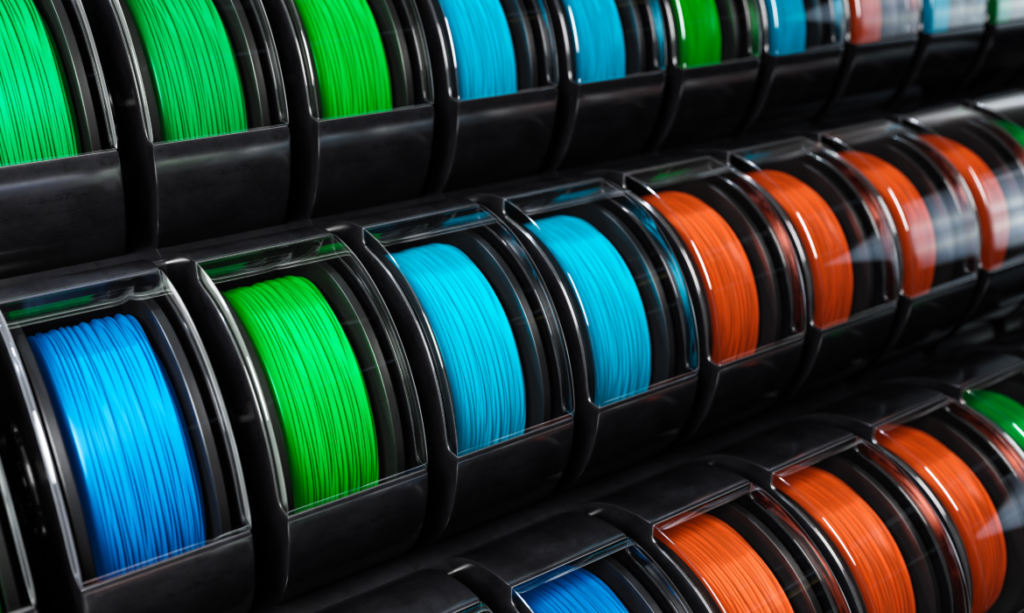
Injection molding, often also referred to as injection molding or injection molding process, which is based on primary molding. The injection molding machine liquefies the plastic in granulate form.
Thermal insulation and thermal insulation materials – materials, practical knowledge, funding and future trends

Whenever objects with different temperatures are in physical contact or are in the area of radiant influences, heat exchange takes place.
Biomass: analysis, potential and industrial practice in the context of the energy transition
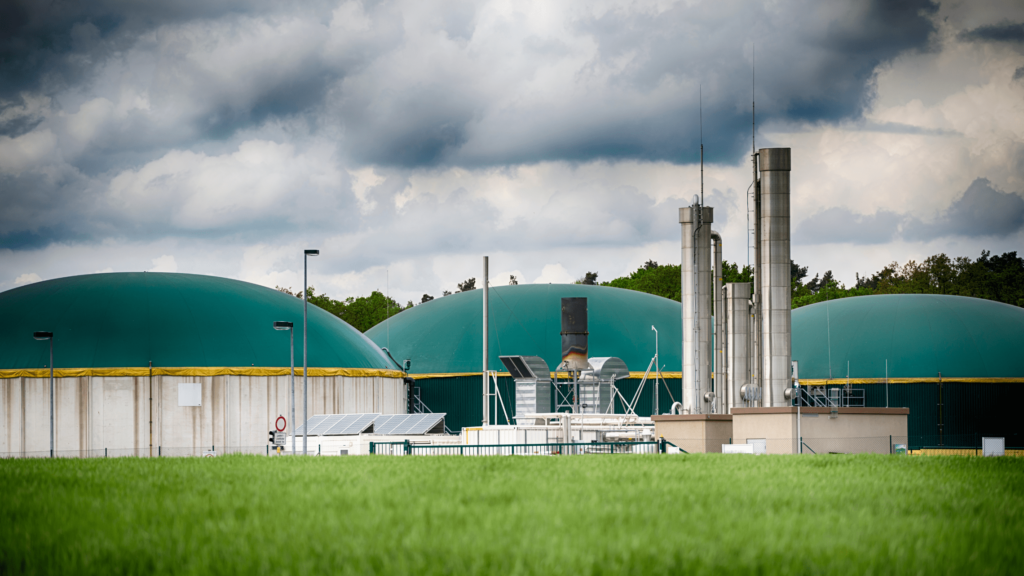
Biomass is one of the main pillars of the global energy transition and the development of sustainable materials. It comprises all organic matter of plant, animal or microbial origin that is present in a given ecosystem at a given time.
Analysis of thermoelectric materials – the figure of merit and its measurement
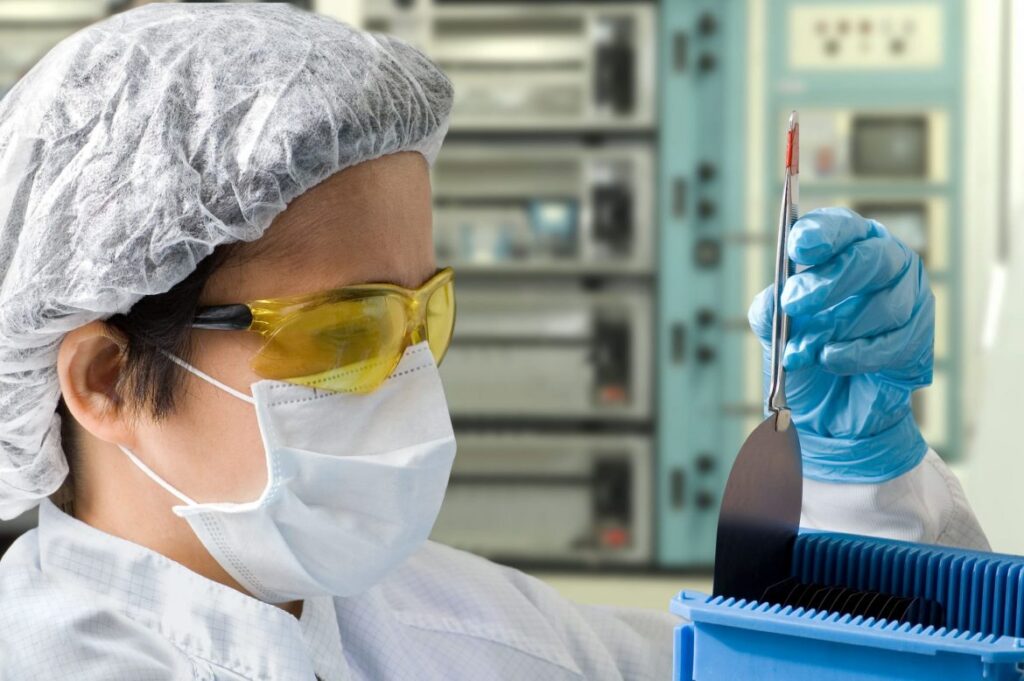
Thermoelectric materials can convert heat directly into electrical energy. This property is based on the Seebeck effect, in which a temperature difference applied to a material generates a voltage.
What does thermal conductivity mean?

In general, the thermal conductivity of the expression is the amount of heat that flows through a 1x1x1m cube of a material within 1 second if there is a temperature gradient of exactly 1 K between two opposite sides.
3D printing with metals – Thermal analyses
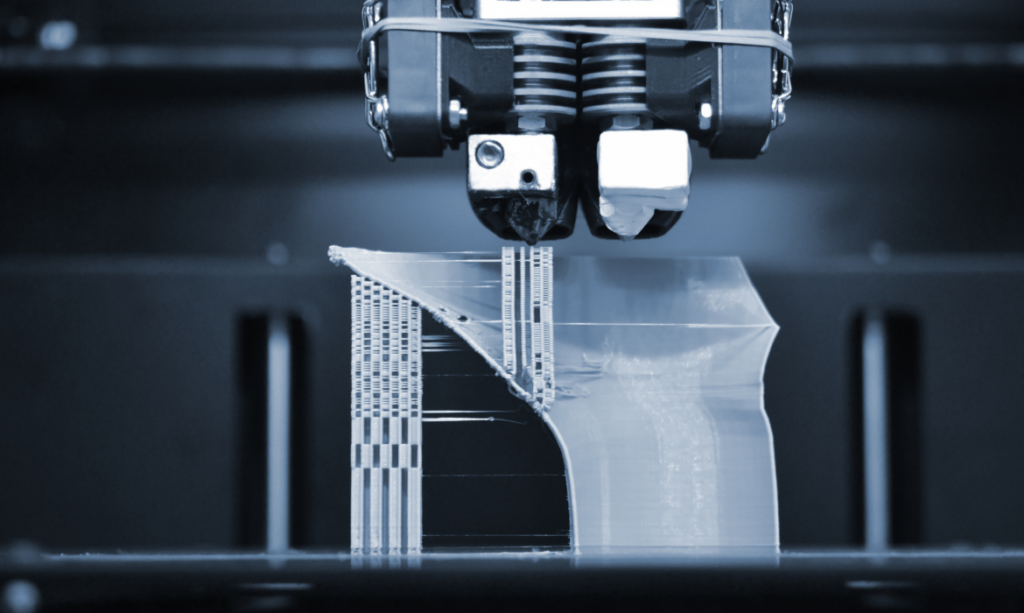
Metals are used almost everywhere in many industrial sectors for a wide variety of purposes.
Raman spectroscopy with DSC

Raman spectroscopy is a technique for investigating molecules and determining their structure and dynamics.
Determination of the CTE density

The thermal expansion of materials can lead to major economic damage. In the construction industry, for example, expansion joints must be provided to compensate for changes in length due to temperature fluctuations.
Thermal Impedance
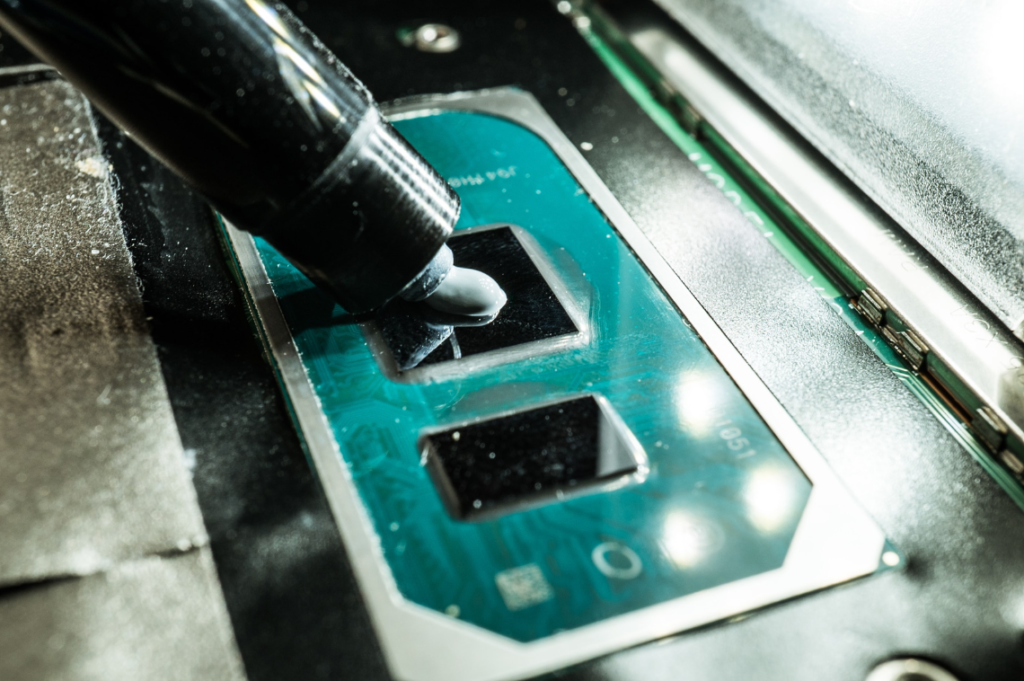
Thermal management is a decisive factor in electronic devices, as overheating of components can lead to failures. The aim is therefore to transfer the heat generated by the electronics to a cooling device, e.g. a heat sink or heat sink.
Deformation techniques of metals
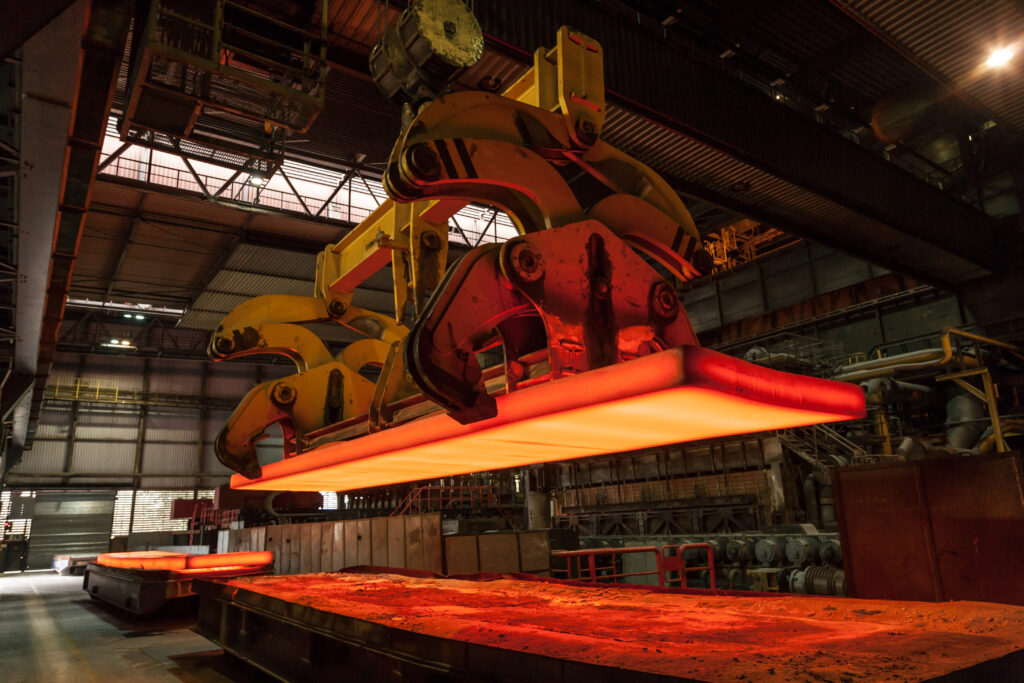
The deformation of metals is a crucial process in modern industry, with a wide range of applications from automotive manufacturing to aerospace.